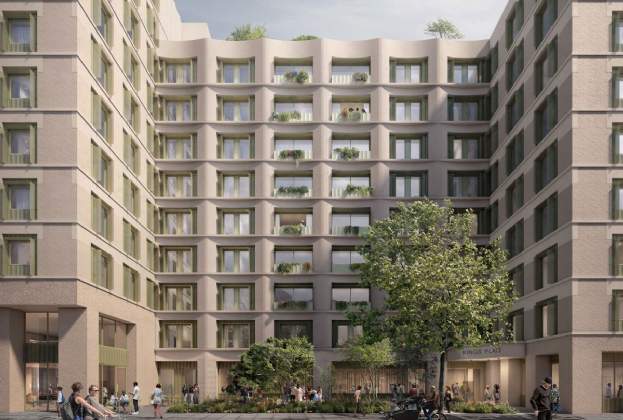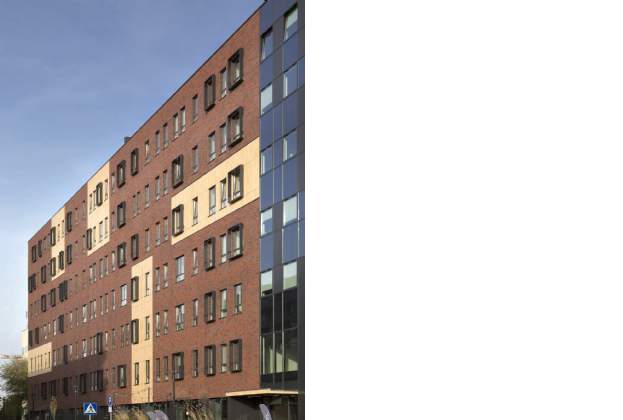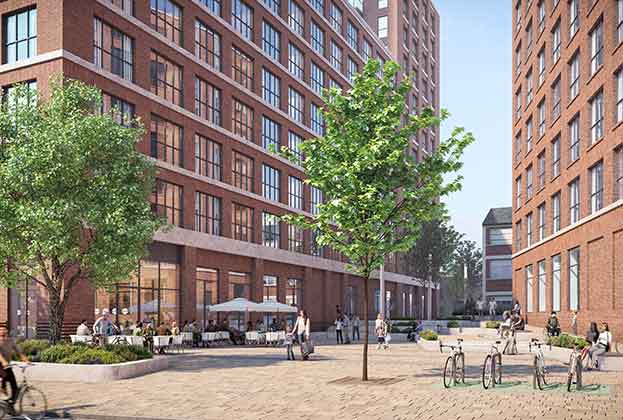The release of June’s application data from UCAS marks the final major milestone before the start of the academic year. With only clearing and adjustment phases remaining after A-Level results, this data provides the most timely indicator of student demand for the upcoming autumn. This year, the overall application numbers dipped by 1.6% compared to 2023, yet remain 3% higher than in 2019, indicating that while the post-pandemic surge in student applications has cooled, demand remains robust, ensuring a positive outlook for PBSA occupancy in the forthcoming academic year.
Post-Pandemic Normalisation
The years 2021 and 2022 were extraordinary in terms of student applications, driven by a combination of pent-up demand and changes in student preferences during the pandemic. The recent decline in applications likely represents a return to more typical levels following the post-lockdown spike. Despite this dip, the sustained higher demand compared to pre-pandemic levels highlights the resilience of student interest in higher education.
International Student Dynamics
A closer look at the main domiciles of applicants over the past 15 years reveals significant trends. China, the largest source of international students, has experienced a gentle decline since its peak in 2022. Meanwhile, India, one of the fastest-growing sources of students, has seen a slight decrease in applications. This can be attributed to recent visa changes limiting the ability of Indian students to bring dependents.
The most significant drop in applications comes from Africa, particularly Nigeria, where numbers have almost halved compared to last year. Nigerian students, who also frequently use dependent visas, have been doubly affected by the economic crisis in their home country, which has eroded their available funding. EU student numbers have stabilised at around half their pre-Brexit levels after an initial sharp decline.
However, of the main domicile groups, we’ve seen US students grow by 0.9%. We’ve also seen 8.8% growth in countries from the Middle East, which is consistent across the largest sources in that region. Collectively, the Middle East and the US have as many applicants as the EU.
Implications for PBSA
With over 1.3 million full-time students for the 20 largest student cities, and half a million operational beds, the new influx of international, as well as domestic students, would mean an extra 234,000 PBSA beds are needed to bring the ratio down to 1.5. New stock is therefore essential to meet this demand. If we break it down across the UK, London has the largest requirement for student beds, with a need for almost 100,000 beds. Both Glasgow and Edinburgh also stand out, with a need for 22,000 and 17,000 additional beds, respectively. We can therefore expect to see more planning applications and investment into the sector to fuel this growth.
What’s clear is that the latest UCAS data underscores the resilience of student demand for higher education, with the UK remaining a desirable place to study. Despite a slight cooling in applications, the figures remain significantly above pre-pandemic levels, highlighting a robust market. For those invested in PBSA, the outlook remains positive, with strong demand ensuring healthy occupancy rates. The sector must continue to adapt and expand to meet the needs of an evolving and dynamic student population.
Further information
Contact Nicholas Gibson
UK cities need much higher rates of student housing delivery
.jpg)


.jpg)

.jpg)
.jpg)
.jpg)

.jpg)